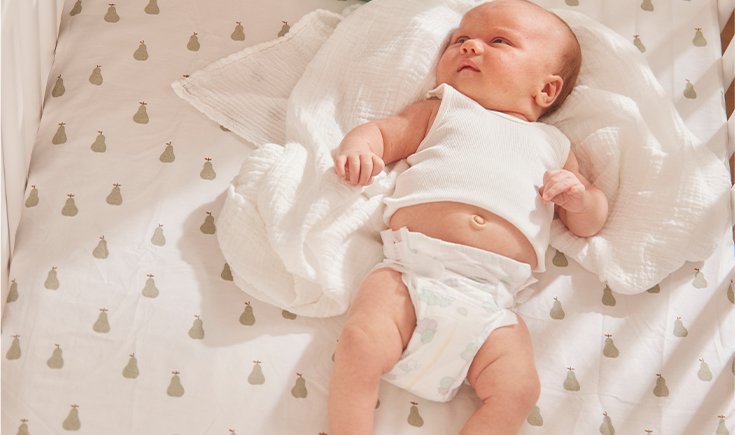When it comes to newborn nappy changing, there are several best practices to ensure your baby’s comfort and hygiene. Here are our top tips:
- Gather your supplies: Before starting, gather all the necessary supplies, such as clean nappies, baby wipes, a changing mat or pad, diaper rash cream, and a change of clothes.
- Create a safe changing area: Choose a clean and flat surface for changing your baby, such as a changing table or a bed covered with a changing pad. Make sure the area is secure and free from any hazards.
- Wash your hands: Before and after each nappy change, wash your hands thoroughly with soap and warm water to maintain proper hygiene.
- Be prepared for accidents: Keep extra nappies, wipes, and clothes nearby in case of unexpected messes or leaks.
- Positioning: Lay your baby down gently on their back and use one hand to hold their ankles or feet, lifting their bottom slightly off the surface. This allows you to have better access to clean them.
- Be gentle and calm: Handle your baby with care and speak in a soothing voice to keep them calm during the nappy change. This can help make the experience more pleasant for both of you.
- Remove the dirty nappy: Open the dirty nappy, and while keeping your baby’s legs elevated, use the front part of the nappy to wipe away any solid waste. Fold the dirty nappy closed and set it aside.
- Clean the baby: Use baby wipes or a damp cloth to gently clean your baby’s bottom. Wipe from front to back to prevent spreading any bacteria. For baby girls, be sure to clean in the direction from front to back to avoid contamination.
- Pat dry and apply cream (if needed): After cleaning, gently pat your baby’s bottom dry with a soft towel or allow it to air dry. If your baby has a diaper rash, apply a diaper rash cream recommended by your paediatrician.
- Put on a fresh nappy: Slide a clean nappy under your baby and fasten it snugly but not too tight. Make sure the nappy is centered and the leg cuffs are properly folded out to prevent leaks.
- Dispose of the waste: Seal the dirty nappy and dispose of it in a designated bin or nappy bin. If you’re using cloth nappies, follow your specific washing instructions.
- Dress your baby: If necessary, dress your baby in a fresh set of clothes, ensuring they are comfortable and weather-appropriate.
Remember, each baby is different, and you’ll develop your own routine over time. As you gain experience, you’ll become more efficient and confident in handling nappy changes.

